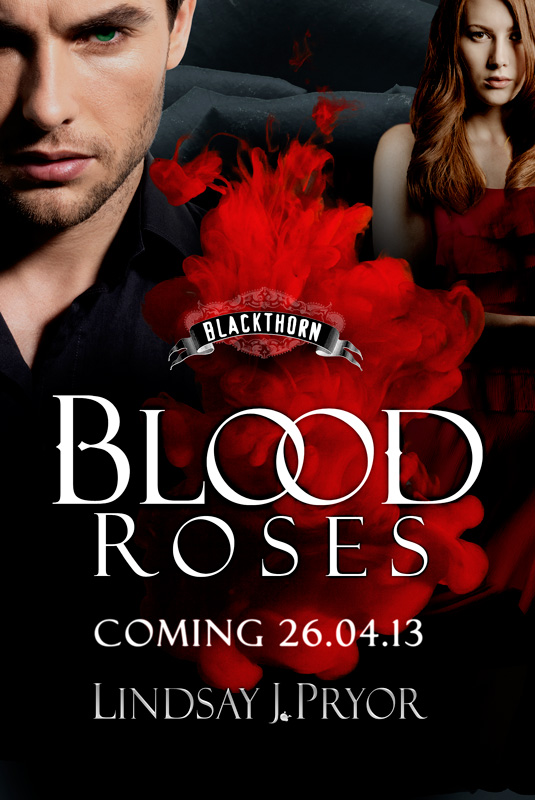Beneath Blackthorn #6
Welcome to my series of posts aimed at avid fans of Blackthorn who want a little extra insight.
FANGS AND FEEDING – Part 1
All Vampires Have Fangs – Don’t They?
Despite fangs being a defining characteristic of a vampire, they were never present in vampire mythology. Vampires have always had penetrative teeth of some description, but fangs as we know them today didn’t actually appear until the early 20th century. Ever since then, their style and placement have been manipulated.
Traditionally, vampires had a mouthful of sharp, ratty-like teeth not unlike those displayed in the 2007 film 30 Days of Night – based on the comic series. However, the first visual performance of a vampire was is Nosferatu (1922) and, in this instance, he had two extended front teeth (incisors) to bite with. Hmm, not the most appealing! But that was back when vampires were there purely to terrify.
The Mexican film, El Vampiro (1957) was the first film to show a vampire with elongated canines. But, of course, the most famous portrayal of vampiric canines was by Christopher Lee in his role as Dracula in the 1958 Hammer Horror classic. (Bela Lugosi never showed his teeth at all in Universal’s version previous 1931 version of the infamous count). With canines long having been associated with masculinity, power and virility (mine are bigger than yours, etc, etc…), the introduction of these as the penetrating tool of vampires introduced the new romantic vampire with all its sexual and sensual connotations.
Since then, films and TV have continued to manipulate the size, placement and mechanics of ‘fangs’ to suit their own creative needs. Examples include The Lost Boys (1987) who bypassed those canines for lateral incisors as well as True Blood, whose creators again opted for laterals. True Blood also played with the mechanics, nestling the teeth in roof of the mouth like a snake’s to click into place at feeding time. Avid fans of Supernatural might remember a Dean and Sam case when a vampire had retractable fangs that protruded from the gum whenever it was time to feed. And then there was the time when Dean was ‘infected’ and that brought us back full circle to the mouthful of sharp implements of old.
I found this on Pinterest a while ago and I think it gives a great snapshot of some of those examples:
Source: sphotos-a.xx.fbcdn.net via Lindsay J. on Pinterest
So, canines or incisors?
When I had to decide on the design of my Blackthorn vampires’ feeding teeth, there were a few things that influenced my decision.
Canines are the most deep rooted and pointiest of teeth and their primary purpose is for gripping and subsequently tearing food. However, a) Blackthorn vampires don’t need to grip their prey using their canines alone and, more relevantly, b) my vampires don’t tear during feeding – they pierce. I therefore decided to keep to the principle of incisors (albeit a pointier, non-chiselled design unlike ours), as biting and cutting is the prime purpose of those teeth.
Therefore, Kane quite rightly corrects Caitlin in Blood Shadows when she refers to his incisors as ‘fangs’ as this is an interchangeable term for the canine or, in humans, the cuspid. Caitlin didn’t get it wrong though (she’s worked with them long enough). When ‘fangs’ are referenced in the Blackthorn series, it is in relation to the old legends and not least the feral nature of vampires – so is used to provoke. Kane is therefore really correcting Caitlin about his nature.
And their position?
My only issue with this was that I never did much like the physical appeal of the front or lateral incisors extending. I’ve always preferred canines positionally. So I decided to find some middle ground by giving Blackthorn vampires an extra set of feeding teeth between the lateral incisors and their canines. They’re much narrower than their neighbouring teeth (to account for the extra set) – but lethally sharp and extendable. They’re also hollow so they can drink through them like a straw with the rest of their mouth consuming any excess bleeding.
This additional set of incisors are, of course, an obvious way to differentiate my vampires from humans. It equally differentiates them from the lycans who have the traditional elongated canines true to their origins – after all, they do like to tear.
I’ll be back with part 2 on Friday where I’ll be telling you about the feeding habits of Blackthorn vampires. I hope you’re not squeamish!



